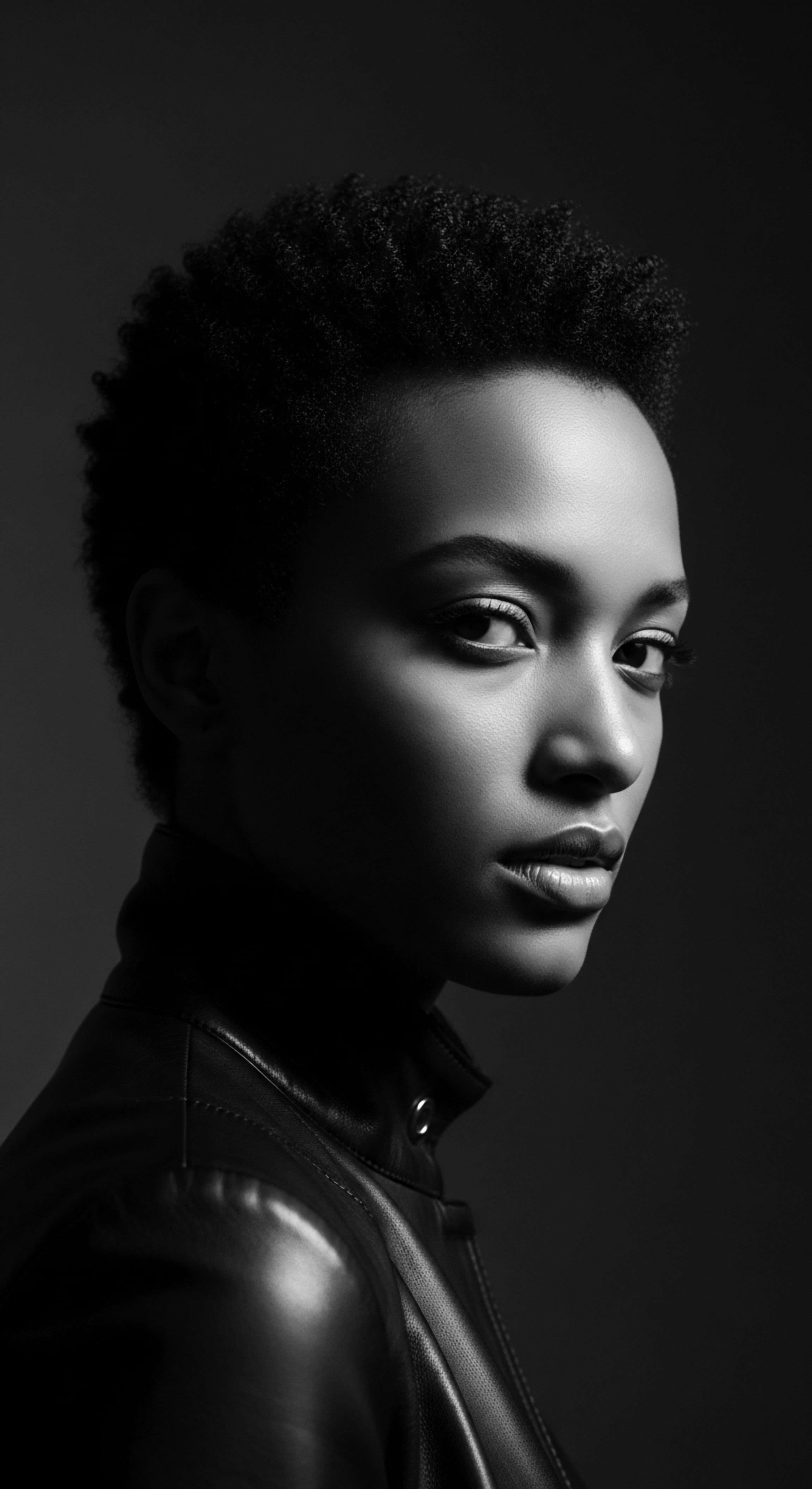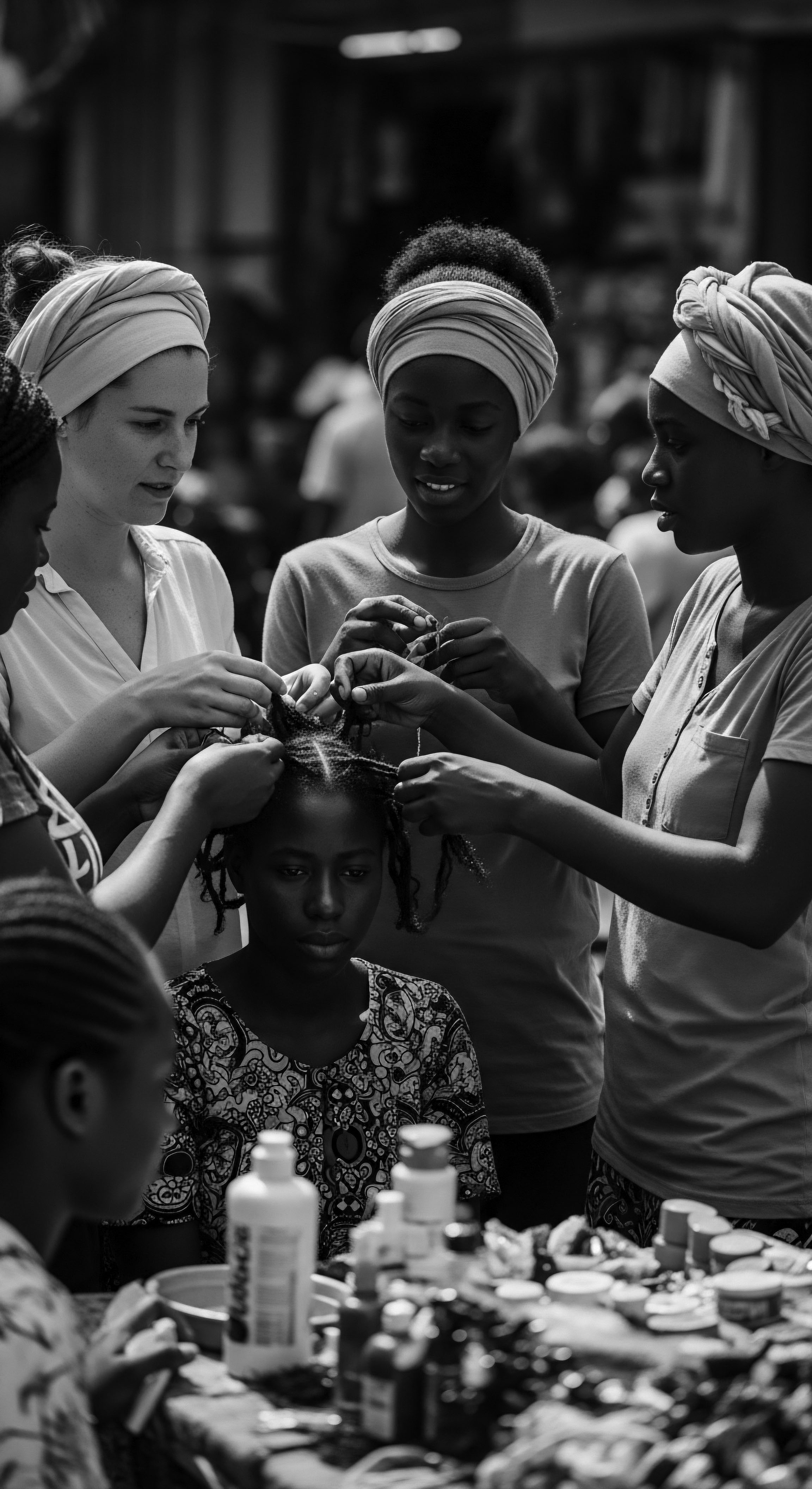
In what ways did ancient Egyptian hair practices reflect cultural heritage?
Ancient Egyptian hair practices mirrored cultural heritage through diverse styling, ingredient use, and symbolic adornment, reflecting status and a deep connection to textured hair lineage.
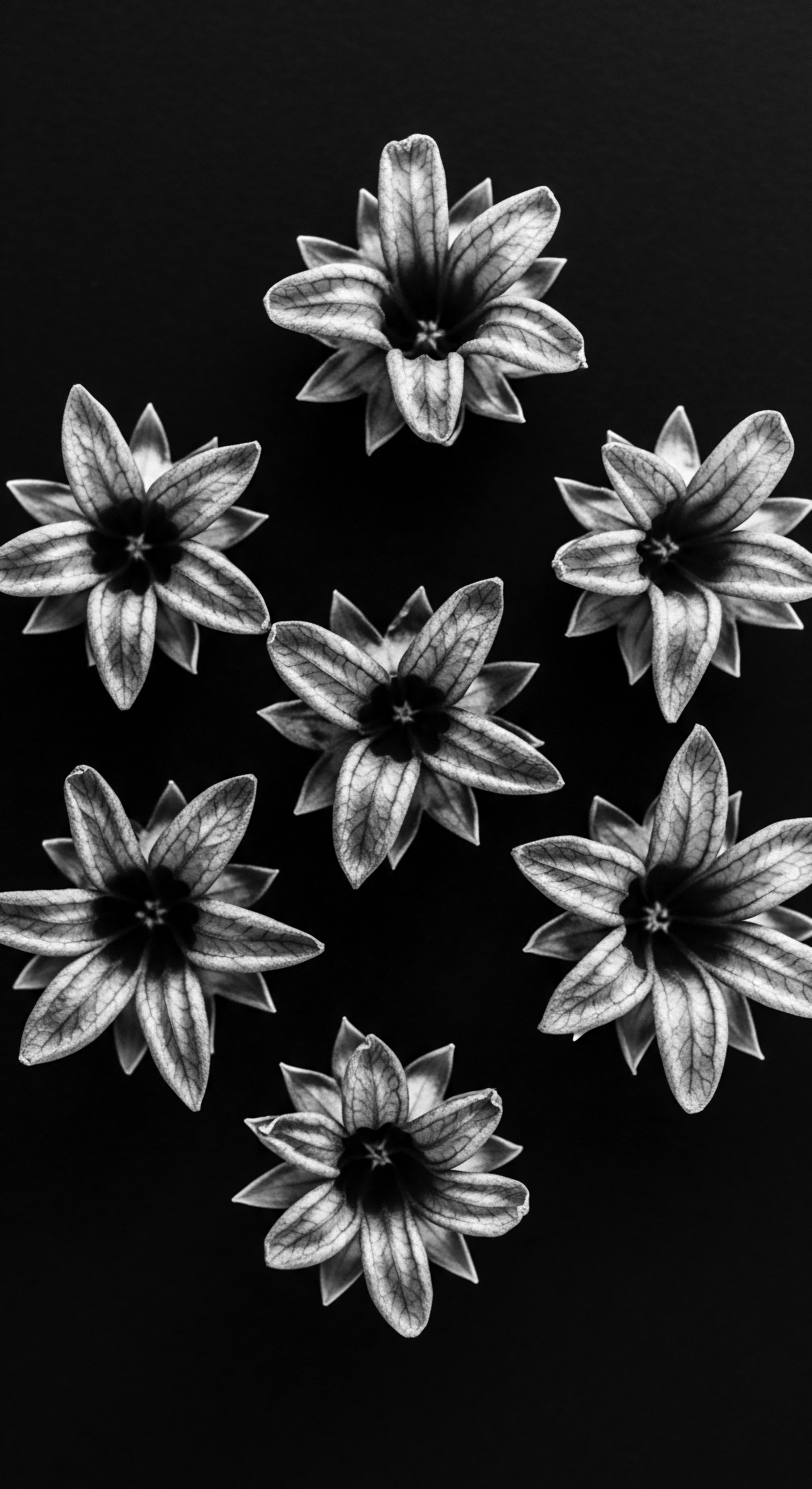
In what ways do ancient Egyptian hair coloring rituals connect to contemporary textured hair heritage?
Ancient Egyptian hair coloring rituals connect to contemporary textured hair heritage through shared natural ingredients and the deep cultural meaning of hair.
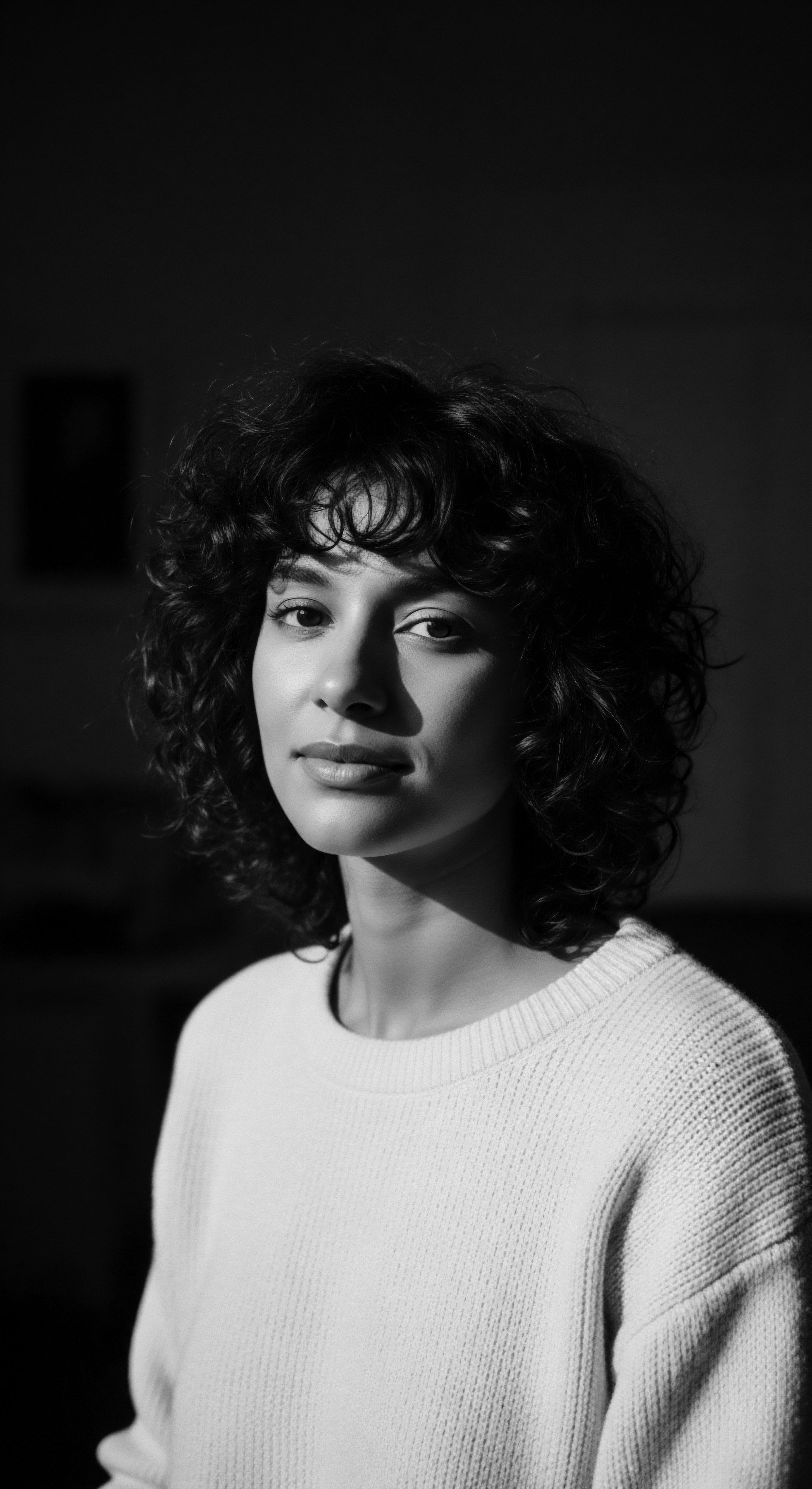
What ancestral practices inform modern textured hair heritage from ancient Egypt?
Ancient Egyptian hair practices, emphasizing protection and natural ingredients, deeply inform modern textured hair heritage and care rituals.
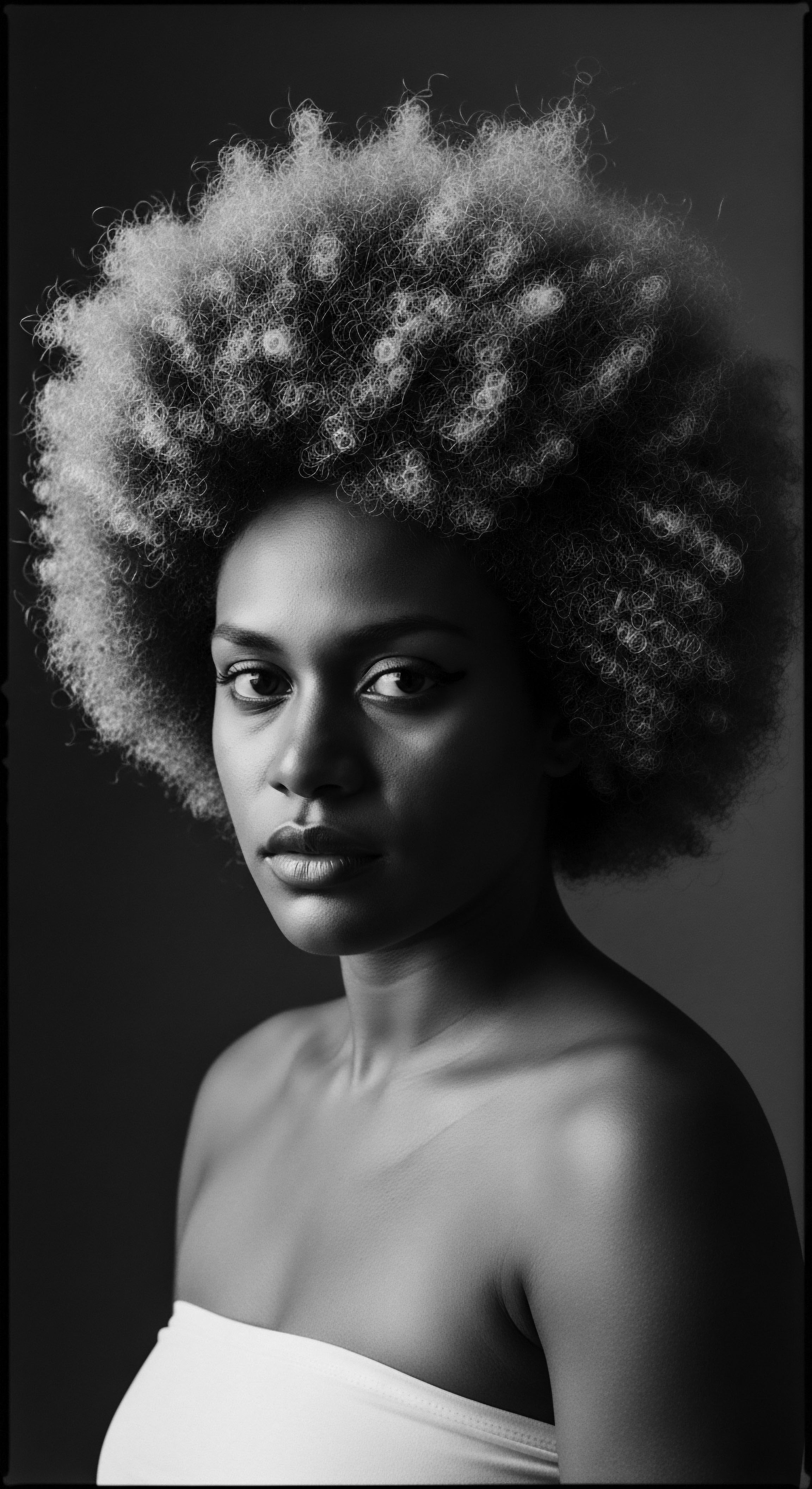
How did early textured hair tools relate to status?
Early textured hair tools served as direct visual indicators of status, lineage, and spiritual connection within rich heritage.
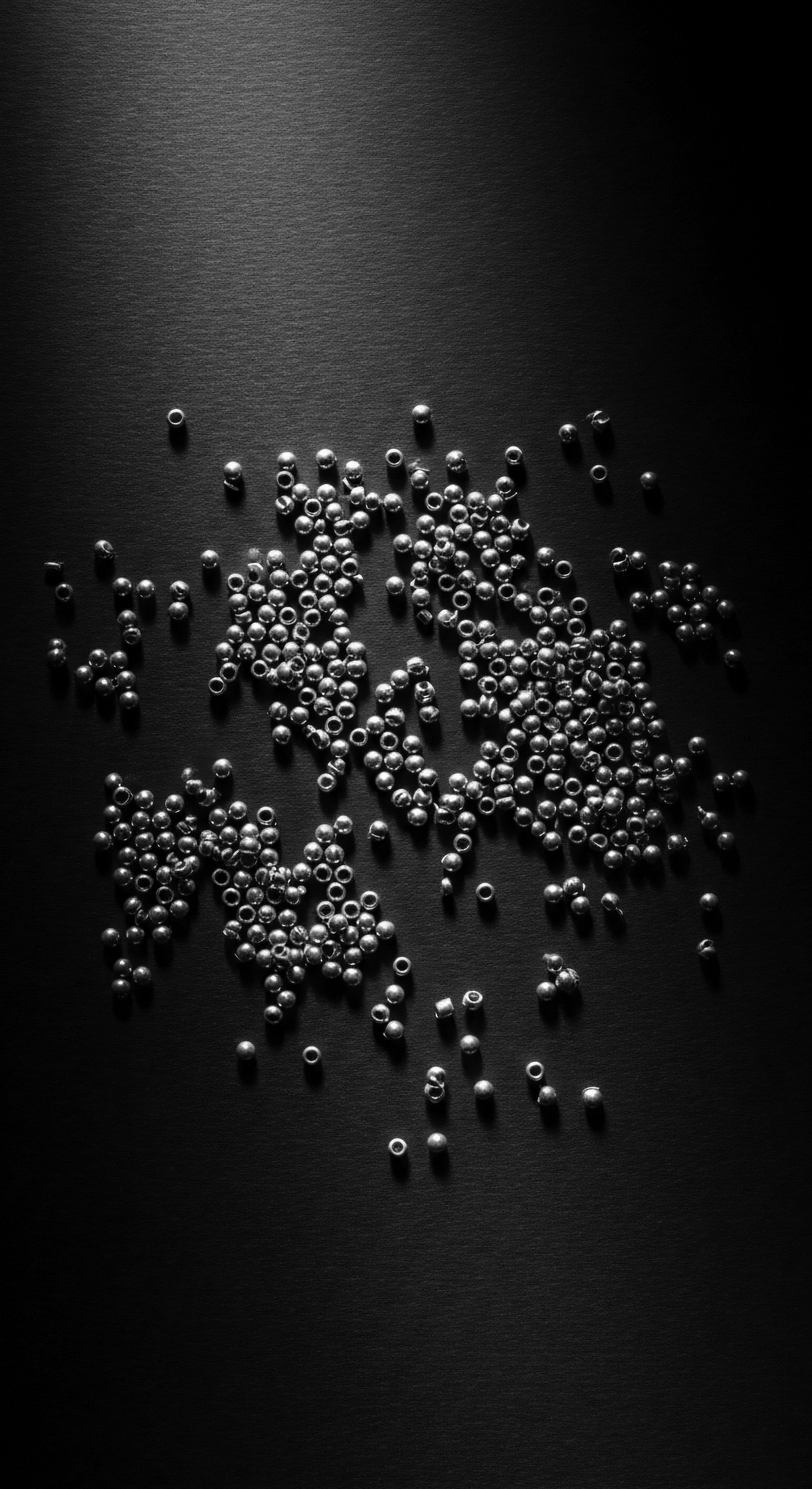
How did ancient hair practices vary across African cultures?
Ancient African hair practices varied greatly, reflecting diverse cultural identity, social status, and spiritual beliefs through elaborate styles and care rituals.
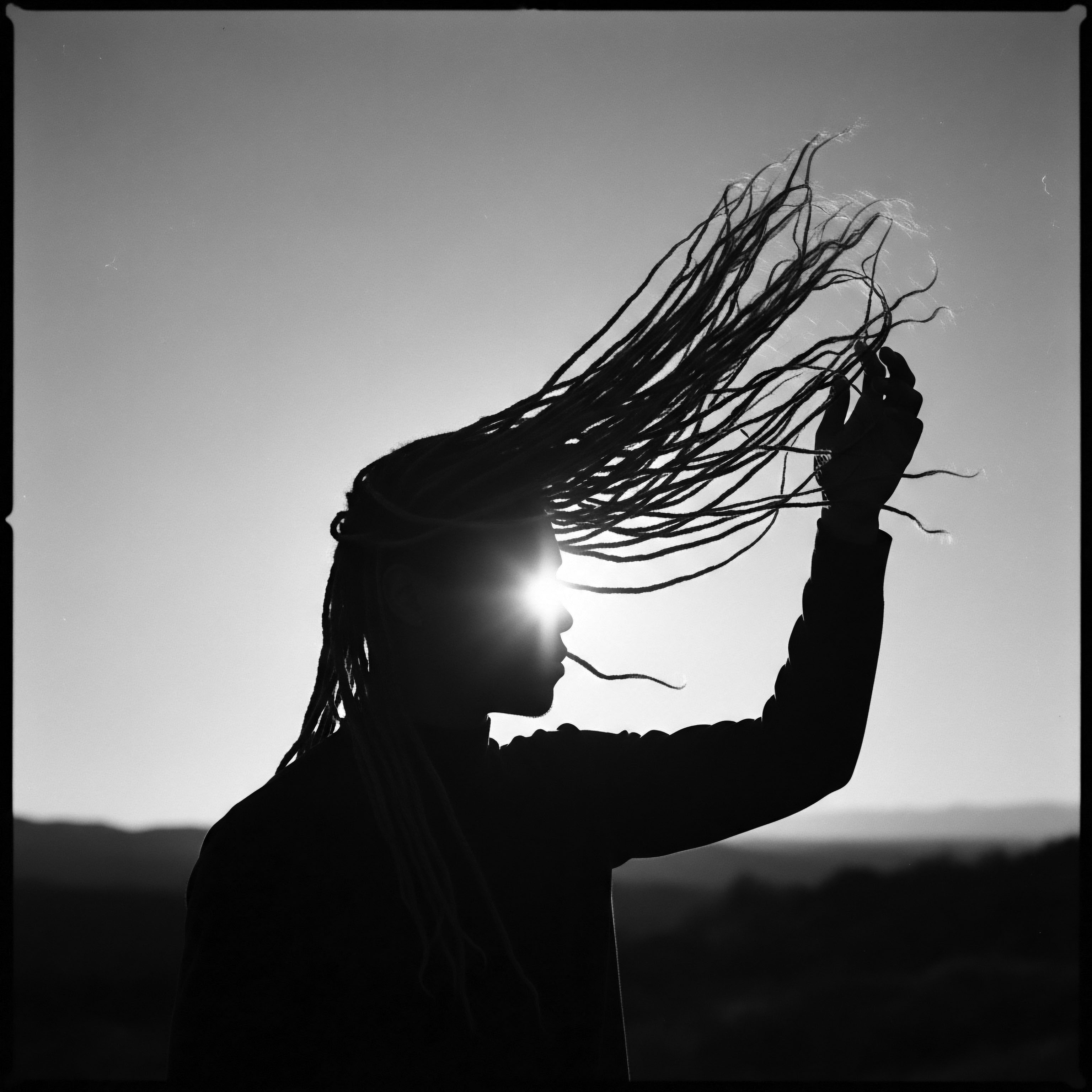
In what ways did ancient Egyptian hair practices influence current textured hair approaches?
Ancient Egyptian hair practices influenced current textured hair approaches through shared principles of care, styling, and cultural significance.
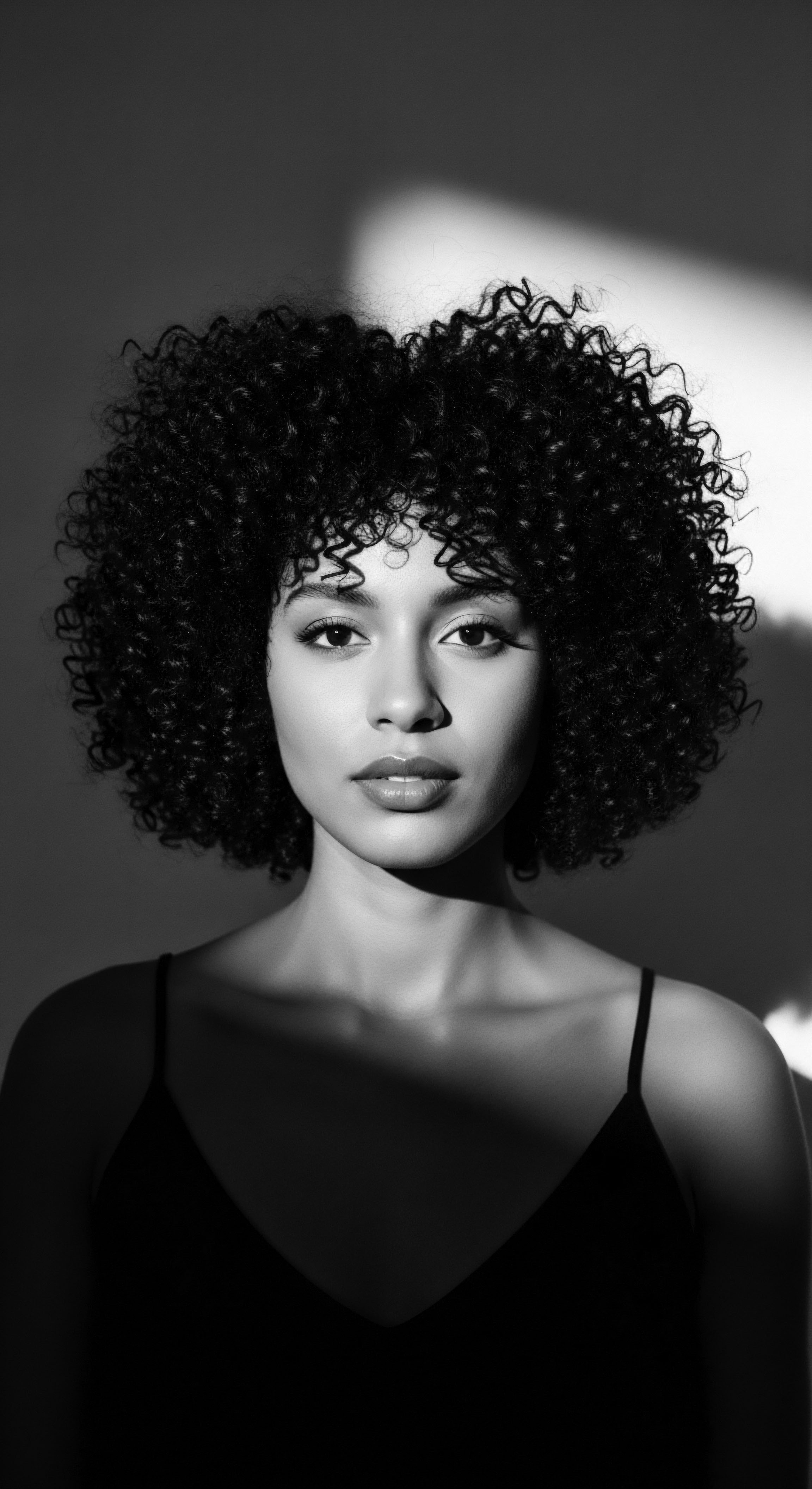
Ancient Egypt Hygiene
Meaning ❉ Ancient Egypt Hygiene signifies a sophisticated system of hair care deeply connected to cultural identity and ancestral wisdom.
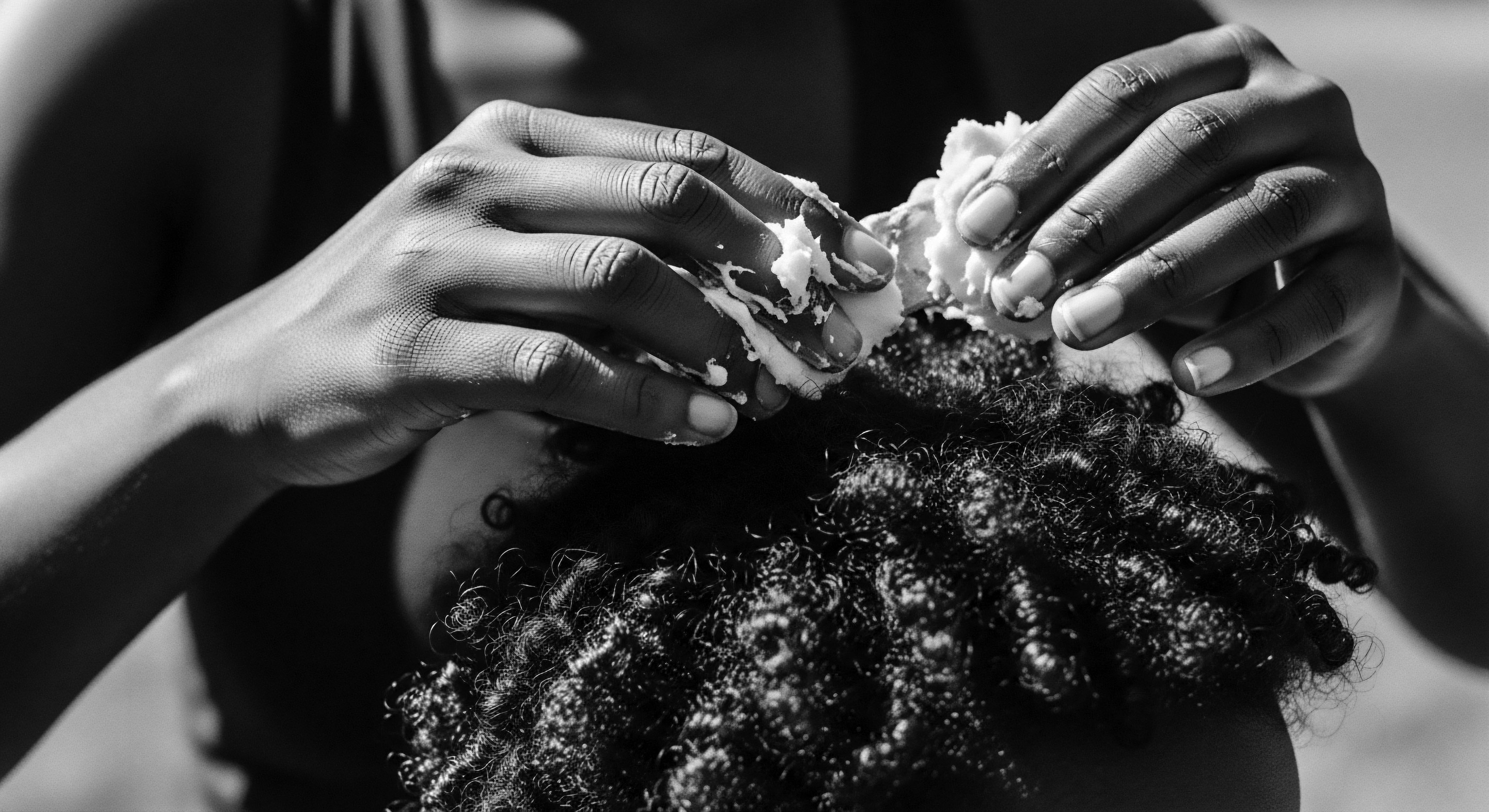
What cultural significance did textured hair hold in ancient Egypt?
Ancient Egyptian textured hair held immense cultural value, signifying status, gender, and spiritual connection, deeply rooting its heritage in daily life and ritual.
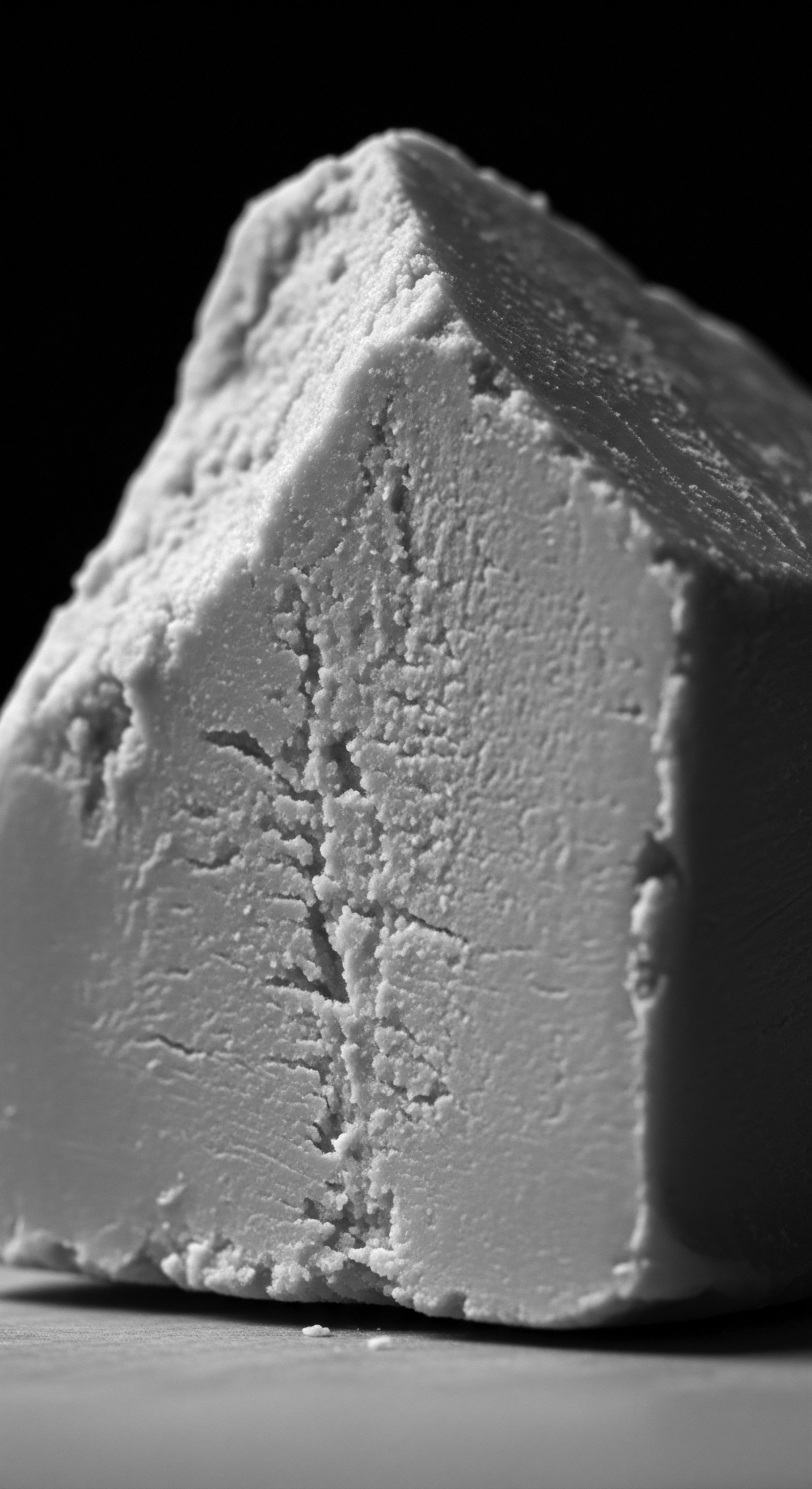
What shared hygiene principles link ancient Egyptian wigs to textured hair care?
Ancient Egyptian wig hygiene shares principles of scalp protection and natural ingredient use with textured hair heritage.
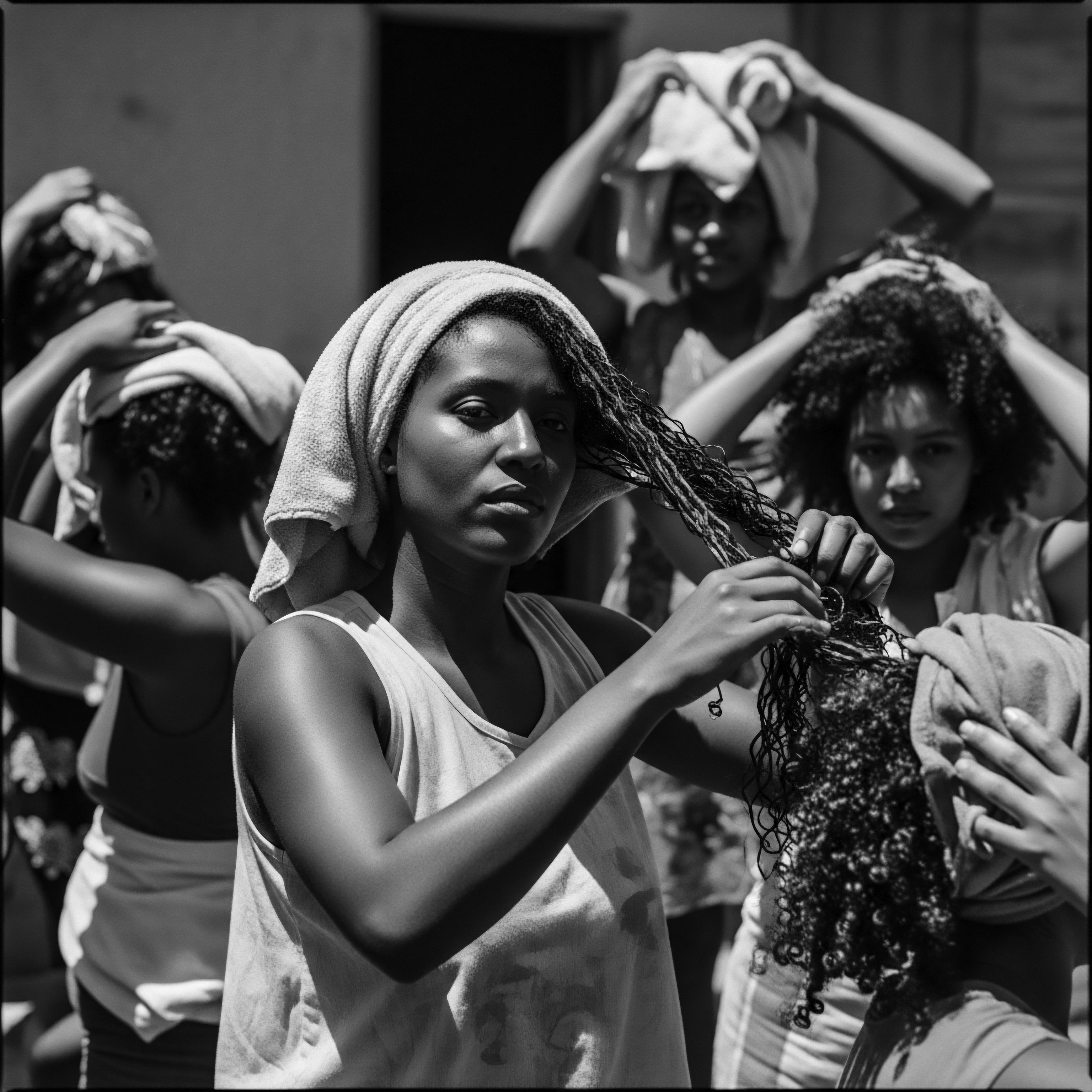
Did ancient desert communities practice protective styling for their hair heritage?
Ancient desert communities employed elaborate protective styling and natural ingredients to preserve textured hair heritage from harsh environments.
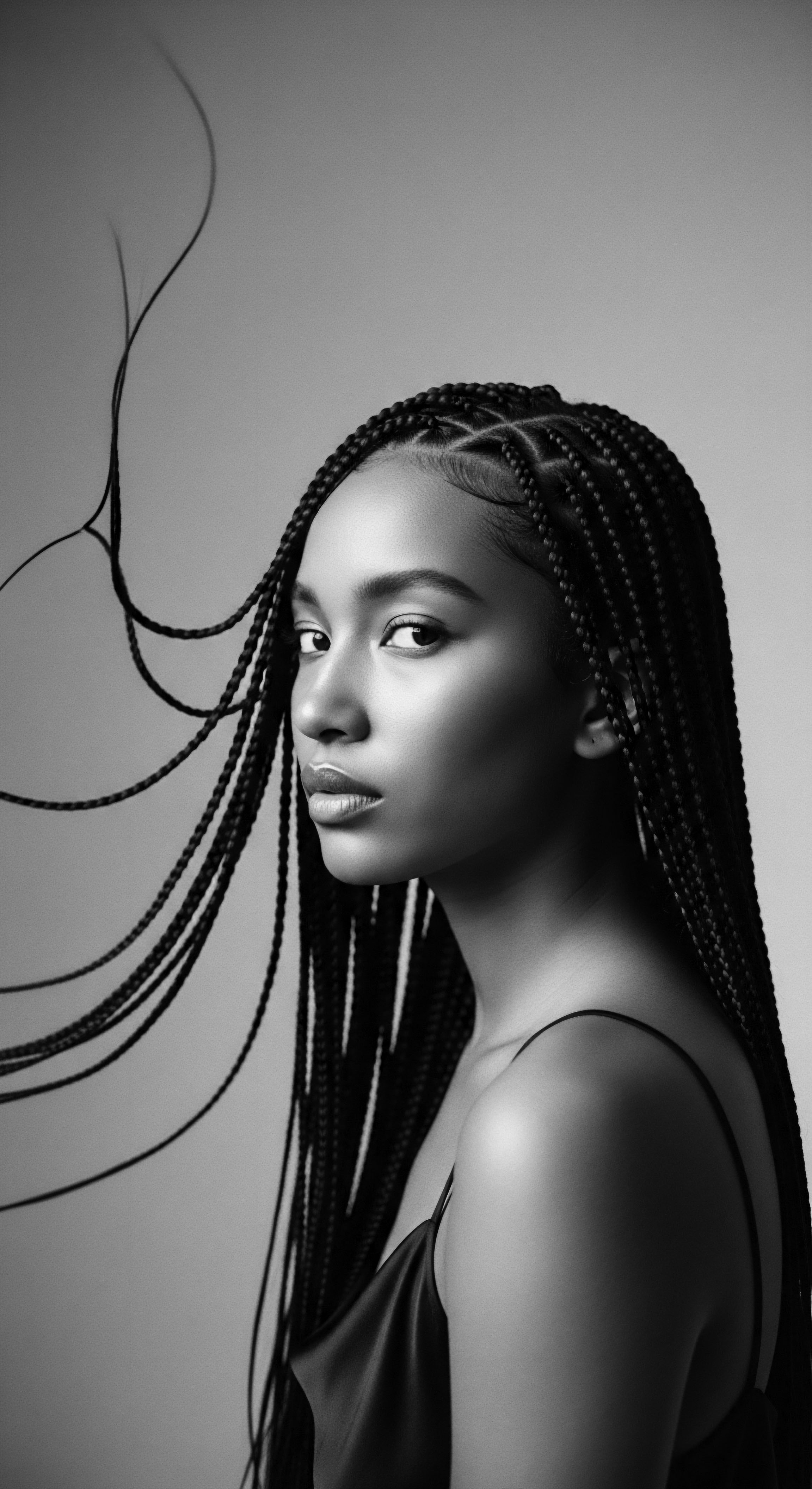
What cultural beliefs shaped ancient Egyptian textured hair practices?
Ancient Egyptian textured hair practices were shaped by beliefs in status, hygiene, spiritual connection, and the desire for rebirth.
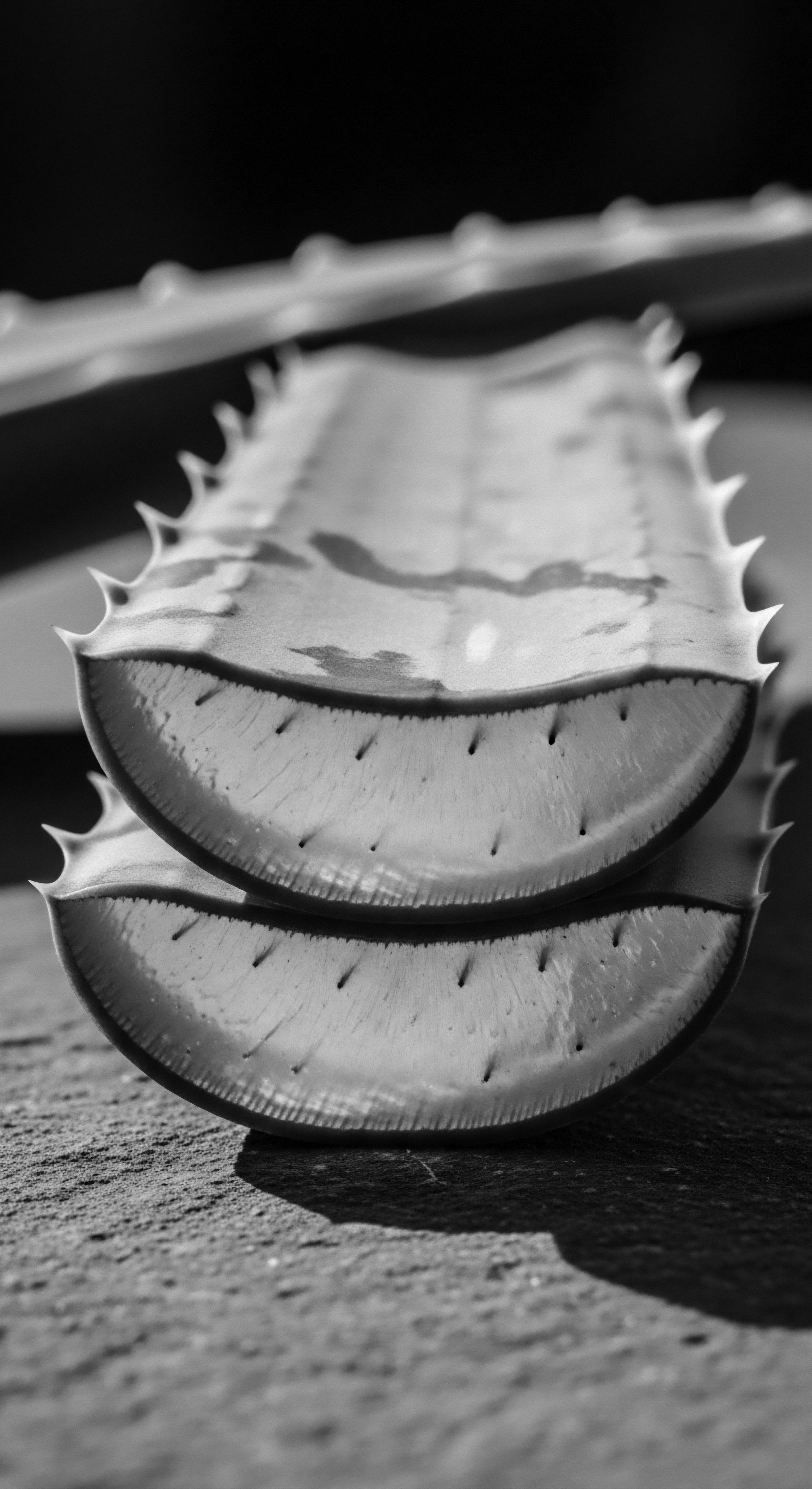
How did ancient practices honor textured hair?
Ancient practices honored textured hair through spiritual rituals, practical protective styling, and deep reverence for natural ingredients, signifying identity and heritage.
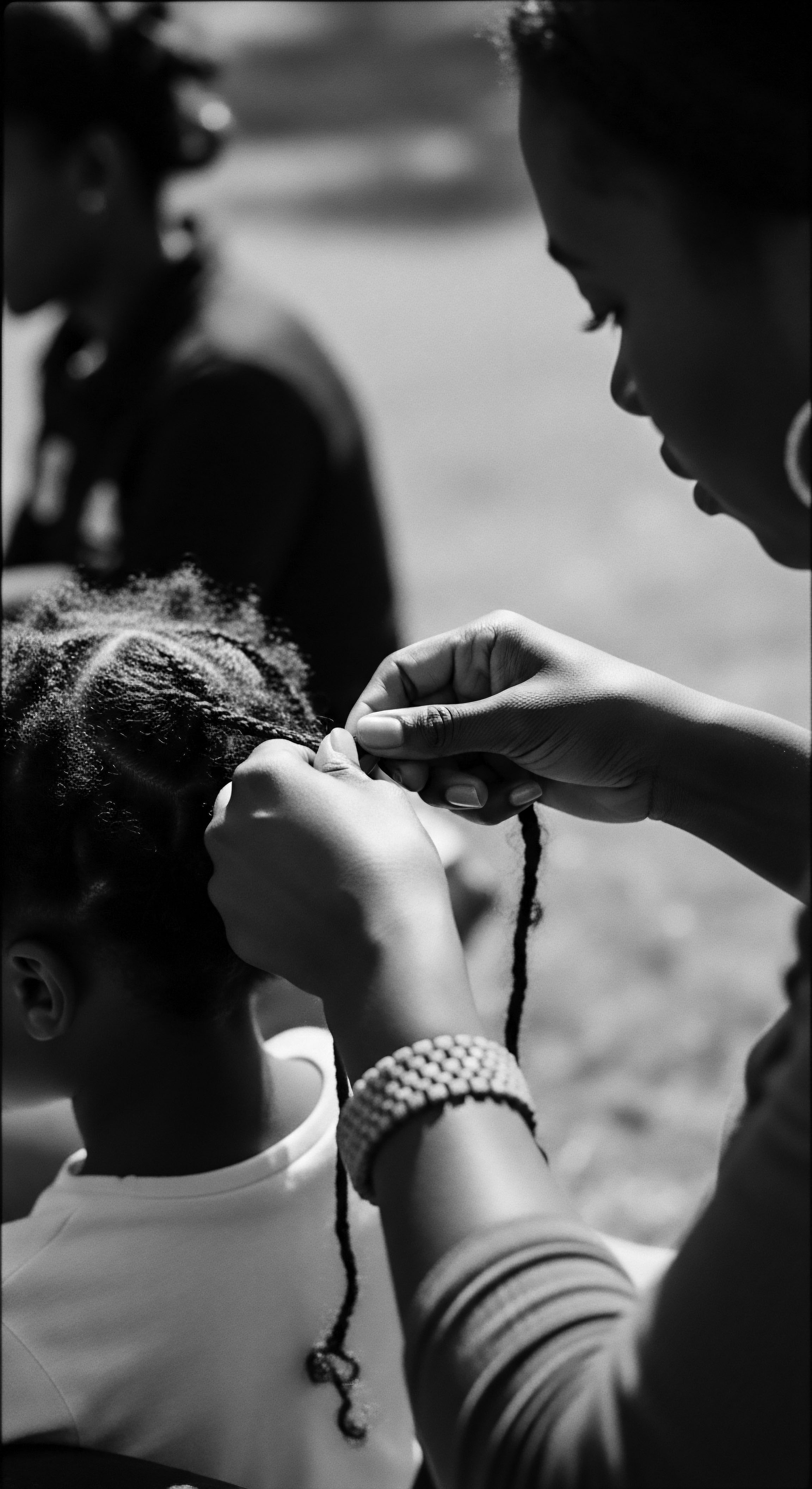
In what ways do ancient Egyptian hair practices mirror modern textured hair routines?
Ancient Egyptian hair practices mirror modern textured hair routines through shared emphasis on protective styles, oiling, and hair adornment.
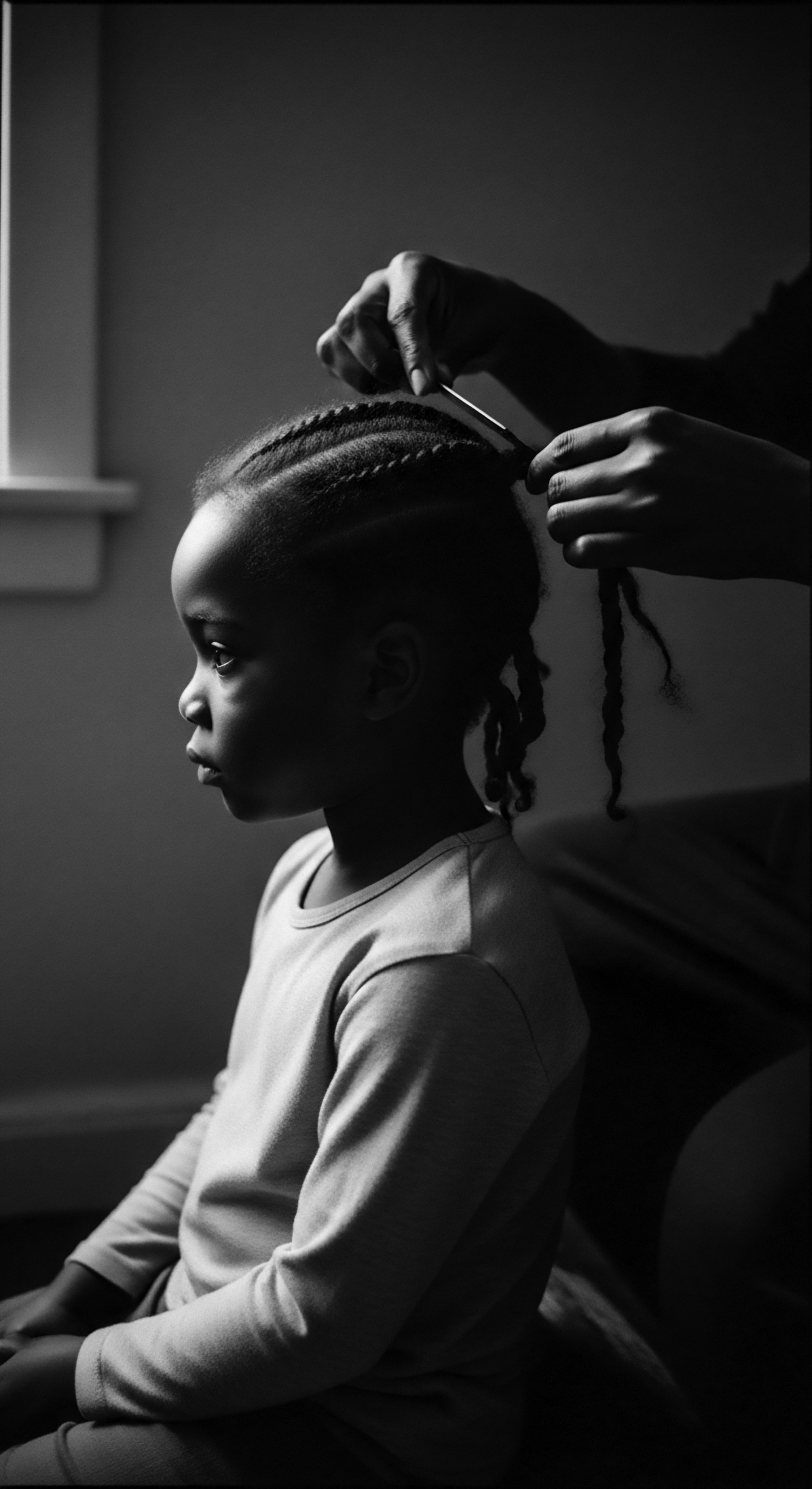
How Did Ancient Cultures Style Textured Hair?
Ancient cultures styled textured hair with rich symbolic and practical methods, deeply connected to ancestral heritage.
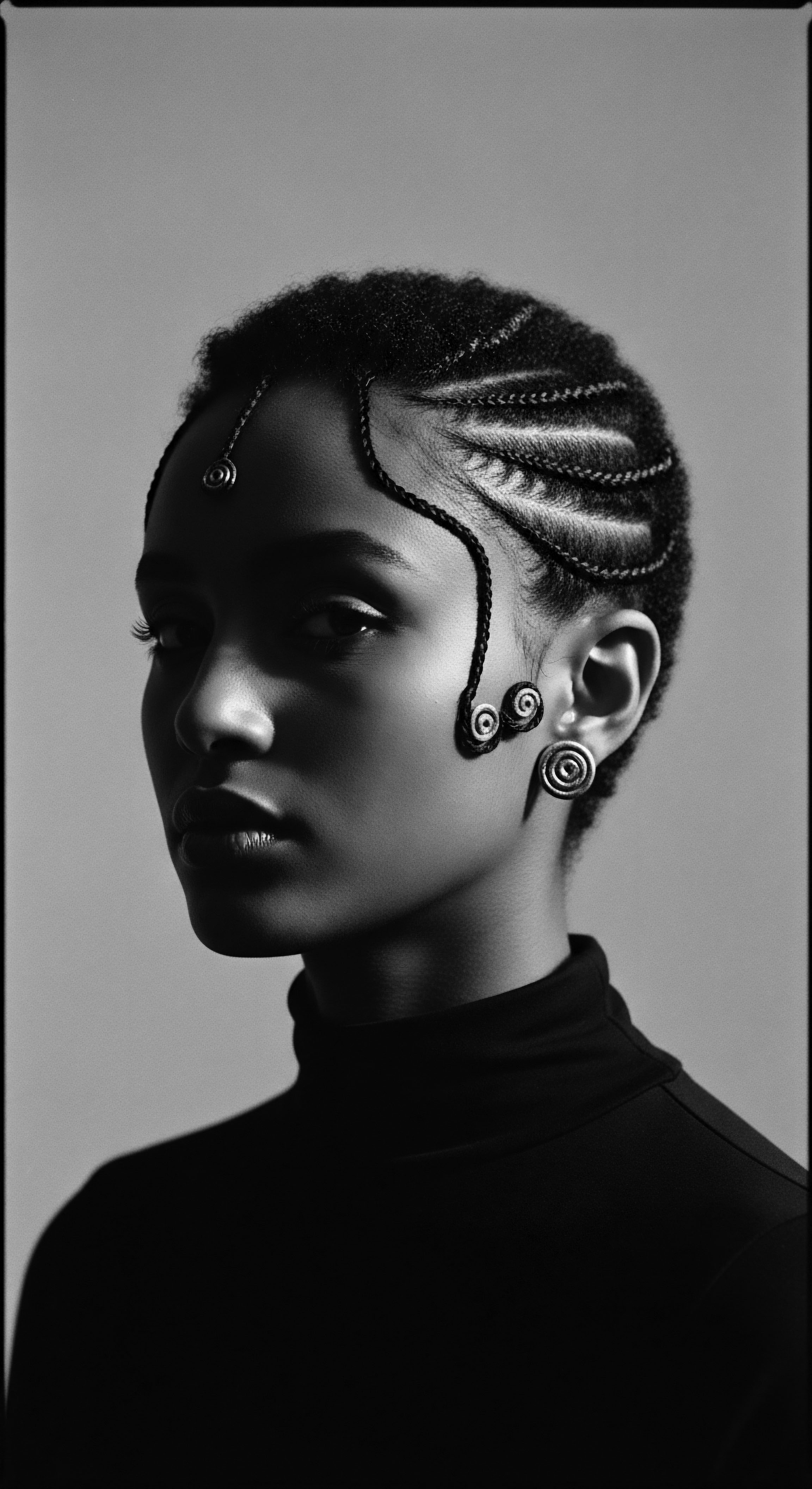
Kemetian Wig Craft
Meaning ❉ Kemetian Wig Craft intricately wove human hair into symbolic adornments, reflecting ancient status, hygiene, and profound hair heritage.
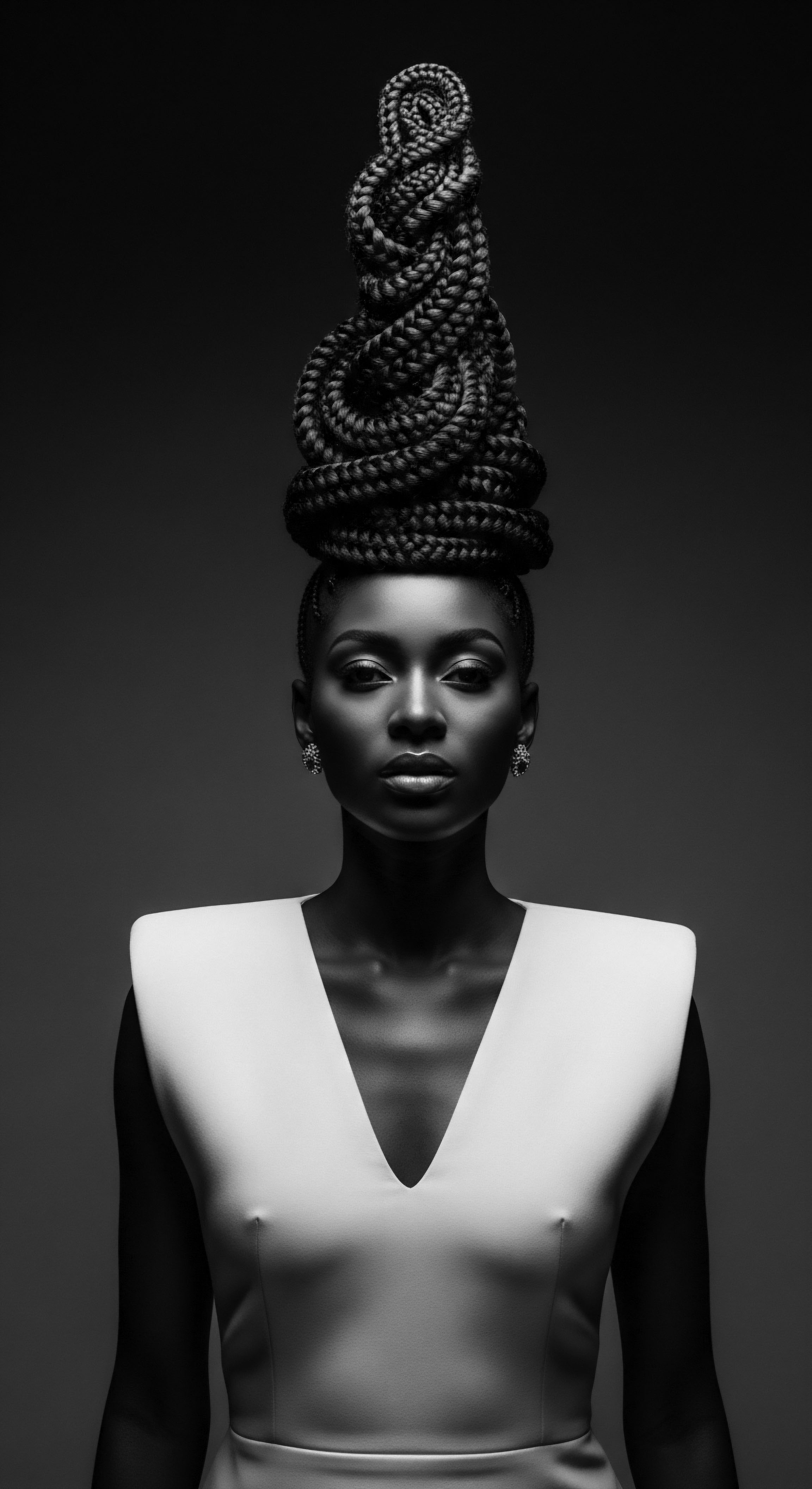
How did ancient Egyptians protect textured hair from desert harshness?
Ancient Egyptians protected textured hair using natural oils, fat-based gels, and elaborate wigs, a heritage of resilience against desert harshness.
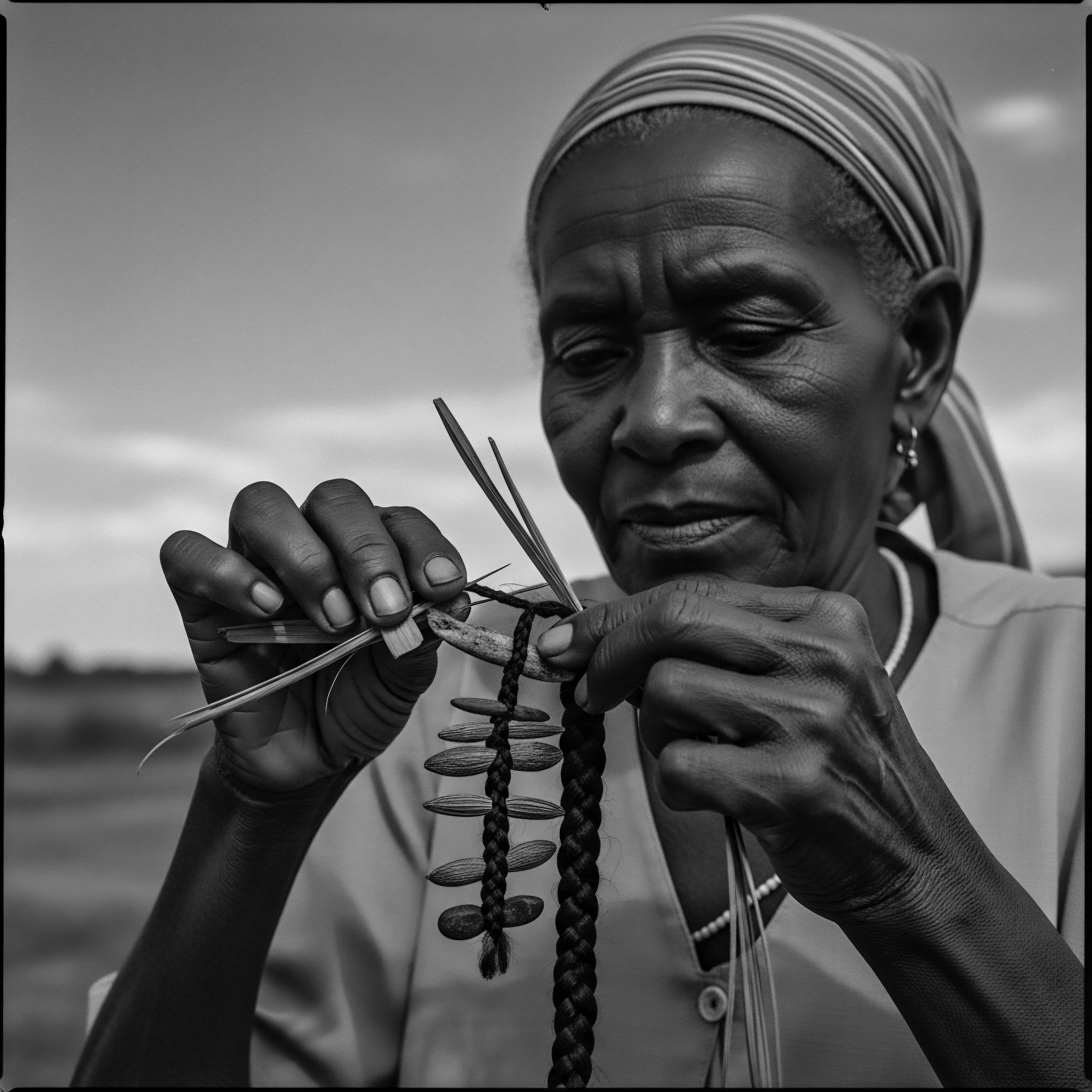
How did ancient Egyptian culture shape textured hair care?
Ancient Egyptian culture shaped textured hair care through natural ingredients and protective styles, a lasting heritage.
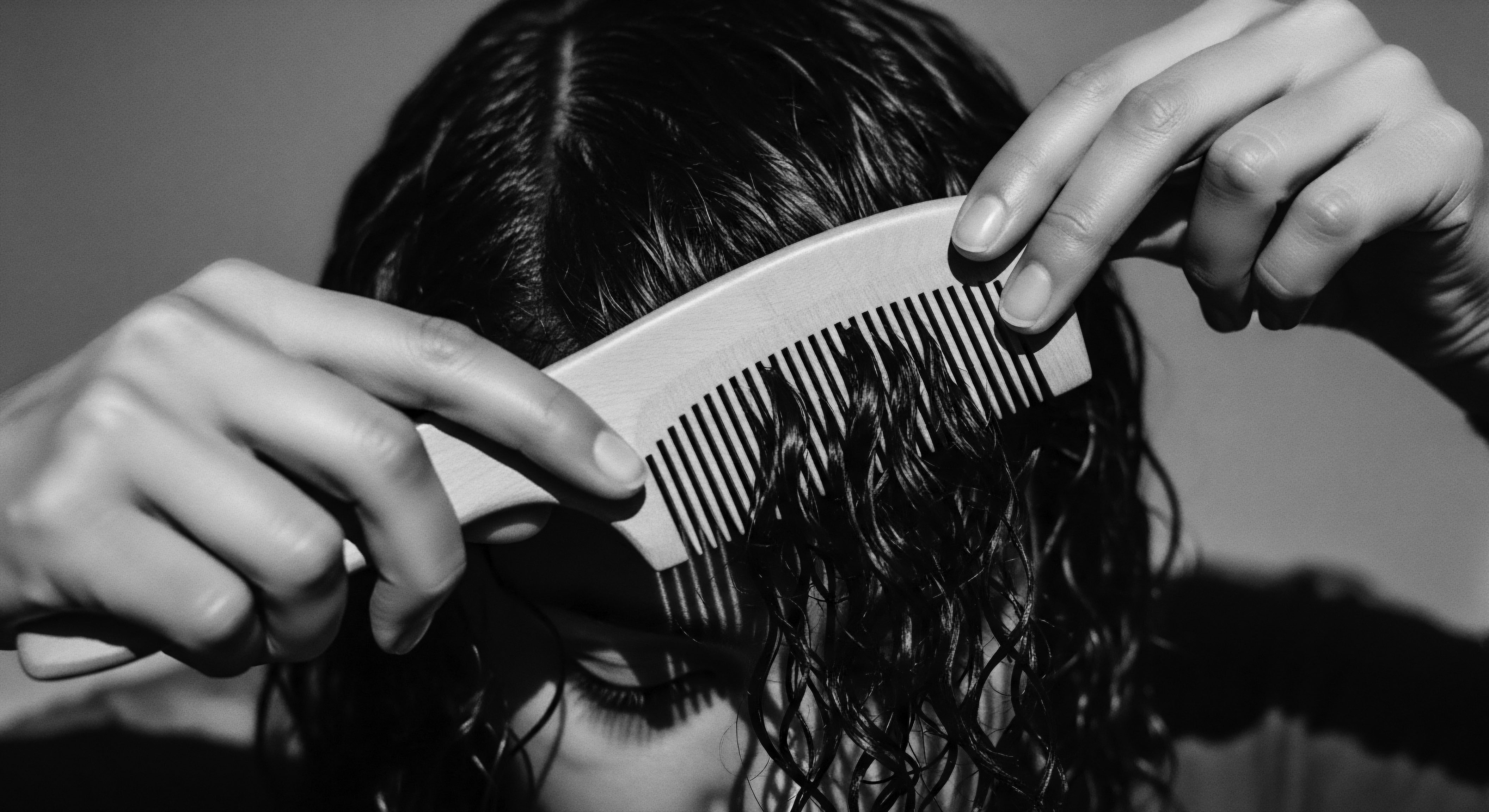
How did ancient Egyptians care for coiled hair?
Ancient Egyptians cared for coiled hair using natural oils, sophisticated wigs, and intentional styling, reflecting its heritage as a symbol of status and vitality.
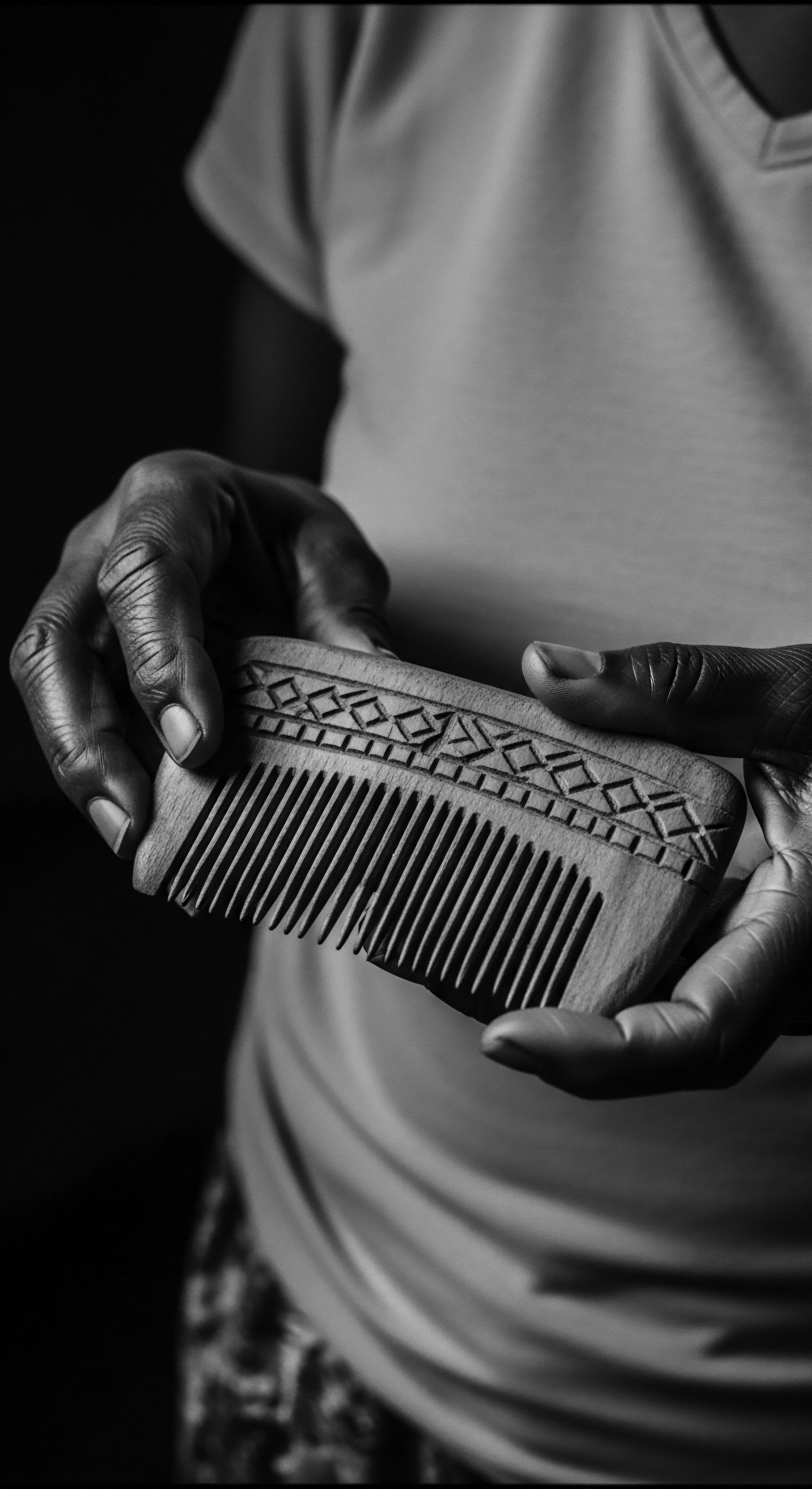
What historical importance did textured hair hold in Kemet?
Textured hair in Kemet held profound historical importance as a marker of identity, status, and divine connection, foundational to Black hair heritage.
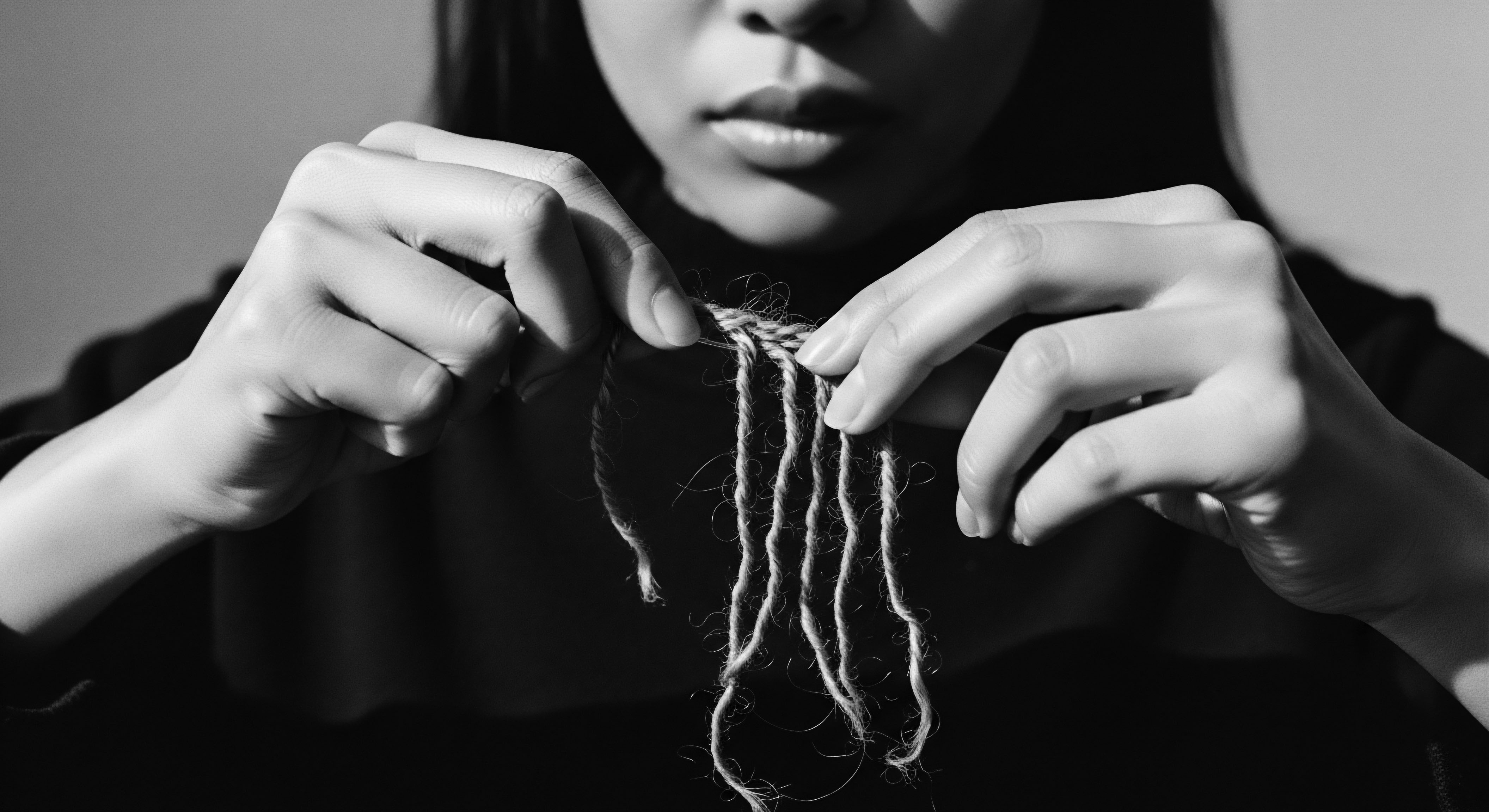
How did ancient Egyptian hair rituals protect against environmental damage?
Ancient Egyptian hair rituals used natural oils and wigs as protective shields against the harsh desert, rooted in textured hair heritage.

